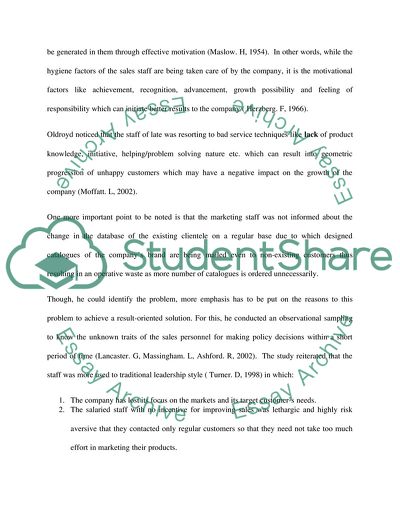Cite this document
(Management of Selling in Supplies-4-Gardens Case Study, n.d.)
Management of Selling in Supplies-4-Gardens Case Study. Retrieved from https://studentshare.org/marketing/1715963-managment-of-selling
Management of Selling in Supplies-4-Gardens Case Study. Retrieved from https://studentshare.org/marketing/1715963-managment-of-selling
(Management of Selling in Supplies-4-Gardens Case Study)
Management of Selling in Supplies-4-Gardens Case Study. https://studentshare.org/marketing/1715963-managment-of-selling.
Management of Selling in Supplies-4-Gardens Case Study. https://studentshare.org/marketing/1715963-managment-of-selling.
“Management of Selling in Supplies-4-Gardens Case Study”. https://studentshare.org/marketing/1715963-managment-of-selling.


